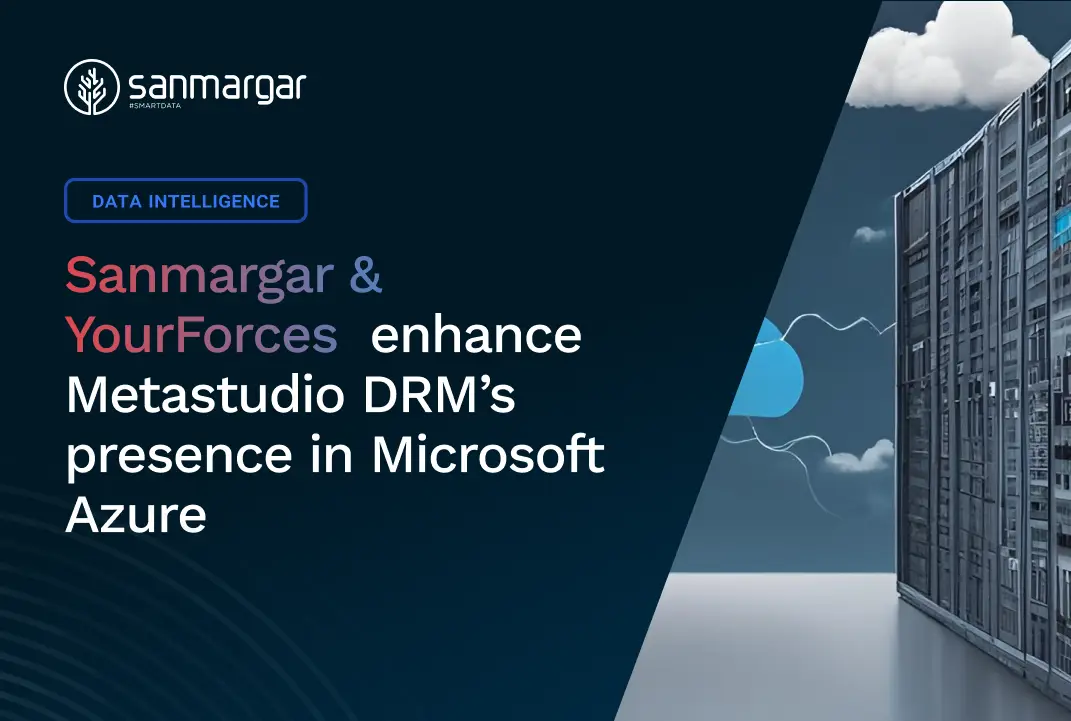Where do historical data come from? If their existence does not directly result from the adopted data architecture, they usually appear during subsequent reorganizations of business processes. In any case, they will appear and when it comes to subsequent audits or other important reasons, they will have to be made available. There are several ways to provide access to historical data:
The most natural is to store historical copies of the database. Each copy represents a selected point in time. Users, if necessary, have access to different versions of data and can compare changes. The structure of subsequent copies does not have to be identical. The disadvantage of this solution is the need to provide appropriate resources for storing subsequent database copies. This may involve maintaining many different connections to physical databases.
Another solution is to create a specialized data warehouse to which successive sets of data are successively written. Its creation methodology should be chosen so that access to all available data is possible (eg Data Vault). This will allow comparing data from different periods within one area without any problems. However, it requires creating a dedicated environment allowing for historical data analysis.
Practice shows that usually, in addition to data themselves, their essential element is reference data related to them. In addition to information on data grouping methods, they may include various types of data related to their processing and parameterization, which often have a decisive impact on the final image of information obtained by business users.
If the parameterization of data processing and report processes is an element of reference data, in combination with their versioning, it may turn out that in one environment we can have access to current data and historical data. This solution allows for browsing standard reports according to the state on a specific day. Users running reports on the same data set but from different days will see different results depending on the data version.
In summary, providing access to historical data requires an appropriate data architecture, data storage, and data analysis environment. This can be achieved through various solutions, but the most important thing is to ensure that it is adapted to the needs of business users and the organization’s processes.




